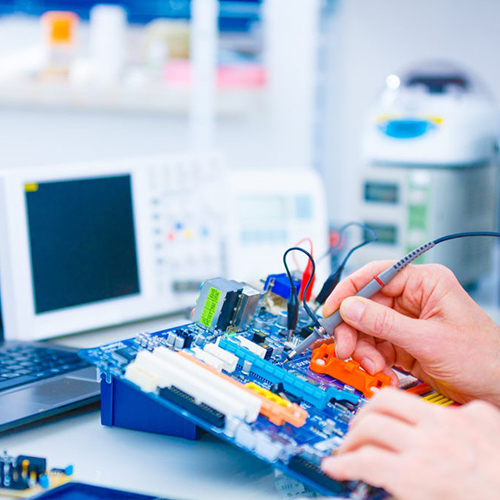Here are some news about ceramics used in the car industry:
• Application in power battery systems : Ceramic - coated separators can significantly improve battery safety. For example, the aluminum oxide/nitride ceramic - coated separator increases the temperature - resistance upper limit to 500℃, and extends the thermal runaway trigger time from 3 seconds to 18 minutes. Chongqing Jifeng Technology's aluminum nitride ceramic separator, through a 3D honey - comb structure design, increases the porosity to 45% and the ionic conductivity by 20%, and the actual measured range of a high - end vehicle is increased by 7%. Hunan Andeas Company has become the core supplier of BYD's blade battery with its high - purity alumina ceramic and thick - film nickel - plating process products, which have high insulation, corrosion resistance, and mechanical strength, and has led the formulation of national industry standards.
• Application in electric drive systems : Silicon nitride ceramic bearings have become the mainstream due to their low density and high hardness. Tesla Model 3 uses NSK hybrid ceramic bearings (containing 50 silicon nitride balls), and the Audi ATA250 motor uses all - ceramic bearings with a service life of up to 500,000 kilometers. Chongqing Jifeng Technology's silicon carbide bearings manufactured by HIP sintering process reduce the weight by 60% and the noise to 63dB. The use of silicon nitride ceramic substrates in the packaging of SiC MOSFET modules in Tesla Model 3 reduces the module volume by 40% and the thermal cycle life exceeds 50,000 times. Sinoma High - tech has broken through the tape - casting forming process and can produce 0.25mm ultra - thin substrates, breaking the Japanese monopoly.
• Application in intelligent driving systems : Transparent ceramics are used as lens materials for vehicle - mounted cameras and laser radar windows. Compared with glass or resin optical materials, they are stronger, harder, more corrosion - resistant, and more high - temperature - resistant. Some manufacturers in the industry are already trying to use transparent ceramic materials, and aluminum oxide, magnesium zinc oxide, yttrium oxide and other transparent ceramic materials can maintain stable optical permeability in a wide temperature range, ensuring the reliable operation of the intelligent driving system in various climatic conditions.
• Application in braking systems : Carbon - ceramic (C/C - SiC) brake discs are lighter and more wear - resistant than traditional cast iron brake discs, which can reduce the weight by 20kg and increase the range by 50km. According to Coherent Market Insights, the global automotive carbon - ceramic brake industry is expected to reach $498.8 million in 2032, with a compound annual growth rate of 8.8% during the forecast period.
• Advances in ceramic processing technology : With the development of the automotive industry, the demand for high - precision ceramic parts is increasing. Ceramic engraving and milling machines, as core equipment for high - precision processing of industrial ceramic parts, have been developed. They have been comprehensively optimized in spindle speed, feed control, cooling system, vibration suppression, and tool matching, and can achieve efficient, stable, and ultra - precision processing of ceramic materials. Many domestic Tier 1 suppliers and OEMs have begun to lay out ceramic part production lines, which are widely used in electric compressors, on - board chargers, ADAS sensor modules and other fields.
For any inquiries or to submit your application, please reach out to us at E-mail:yxshenxing88@vip.163.com, or Phone Number: +86 18018373518. To learn more about our company and the impact of our ceramic parts. We eagerly await your application to build a prosperous future together!
leave a message
Scan to wechat :

Scan to whatsapp :

